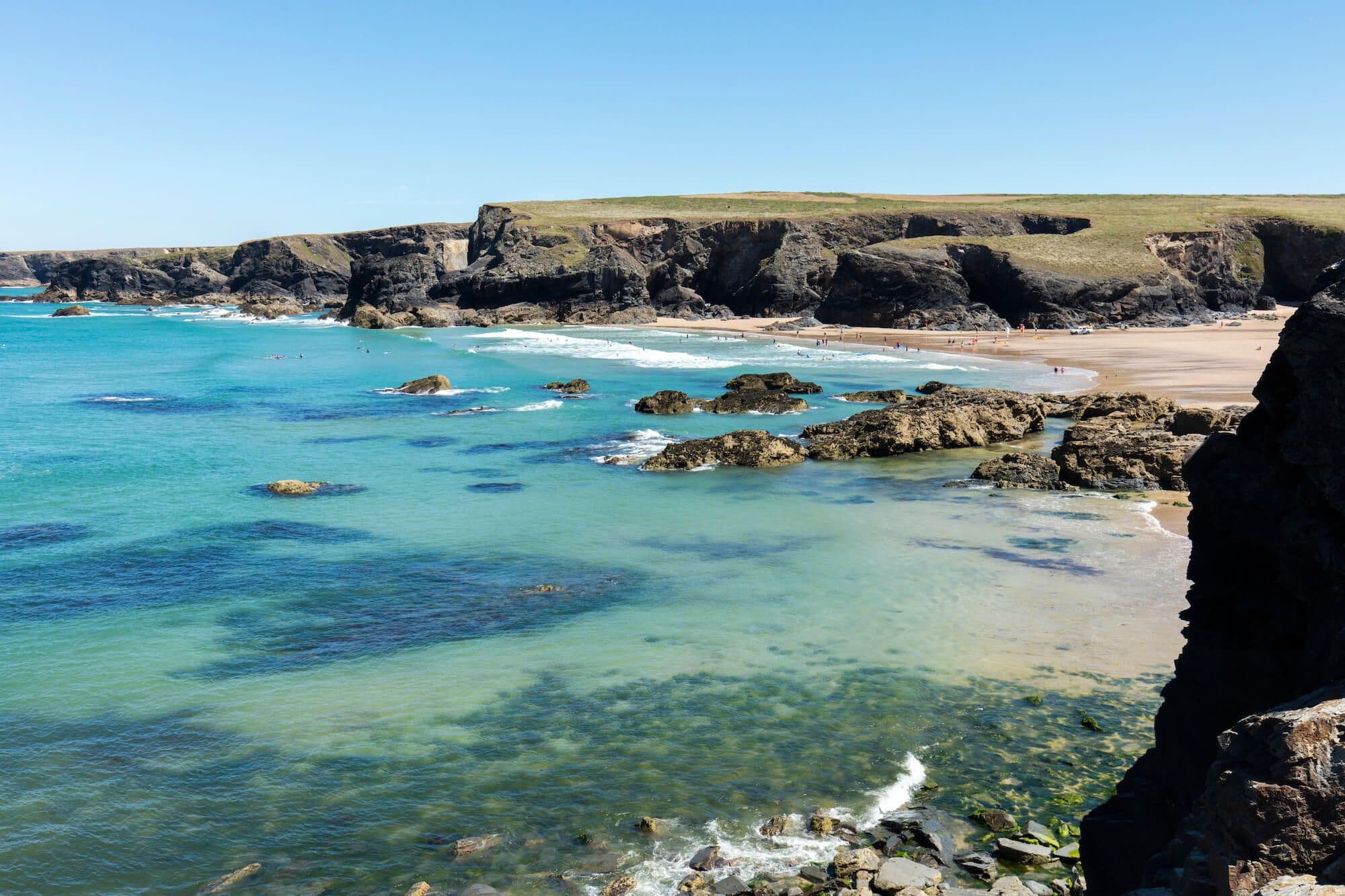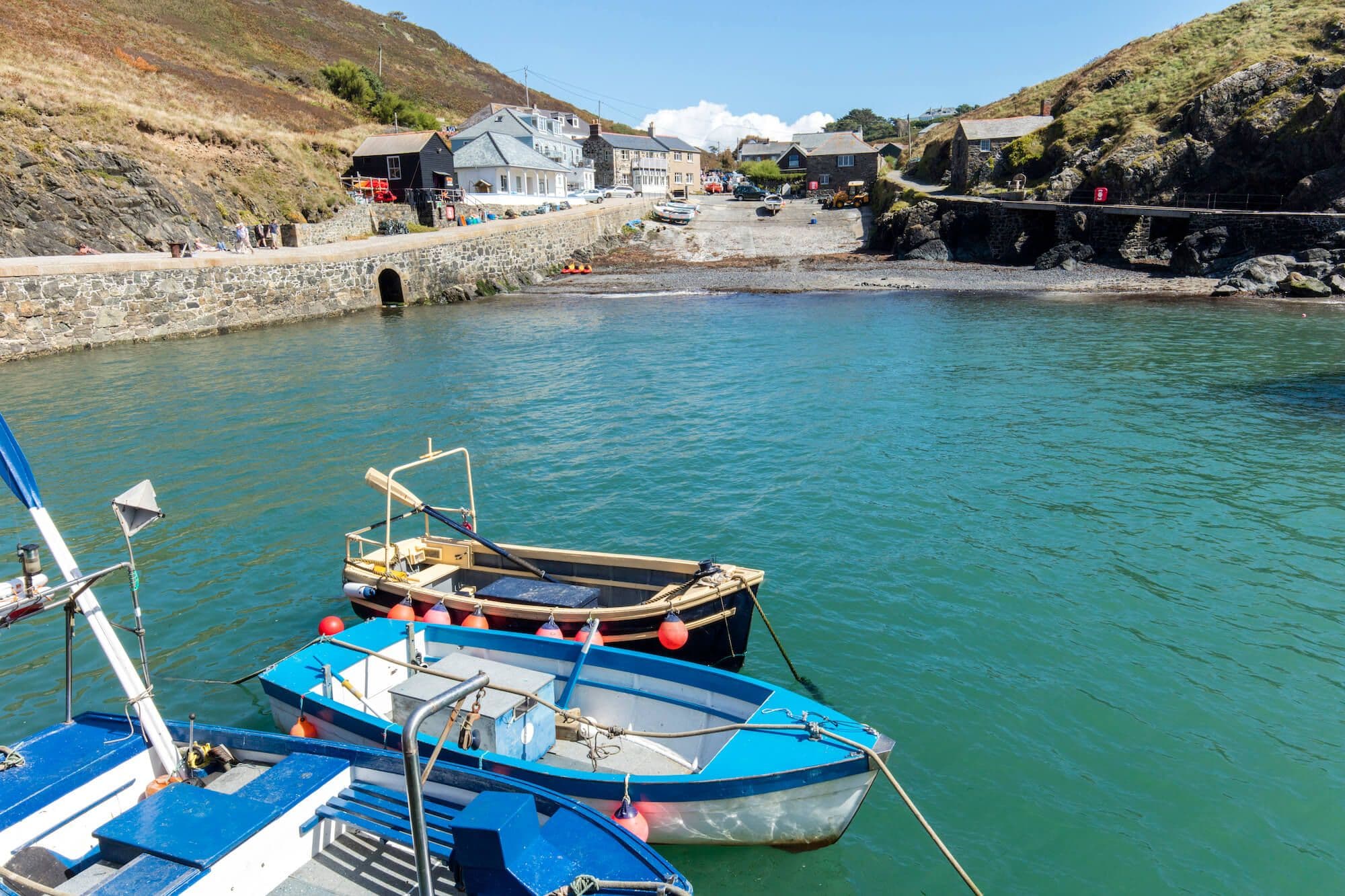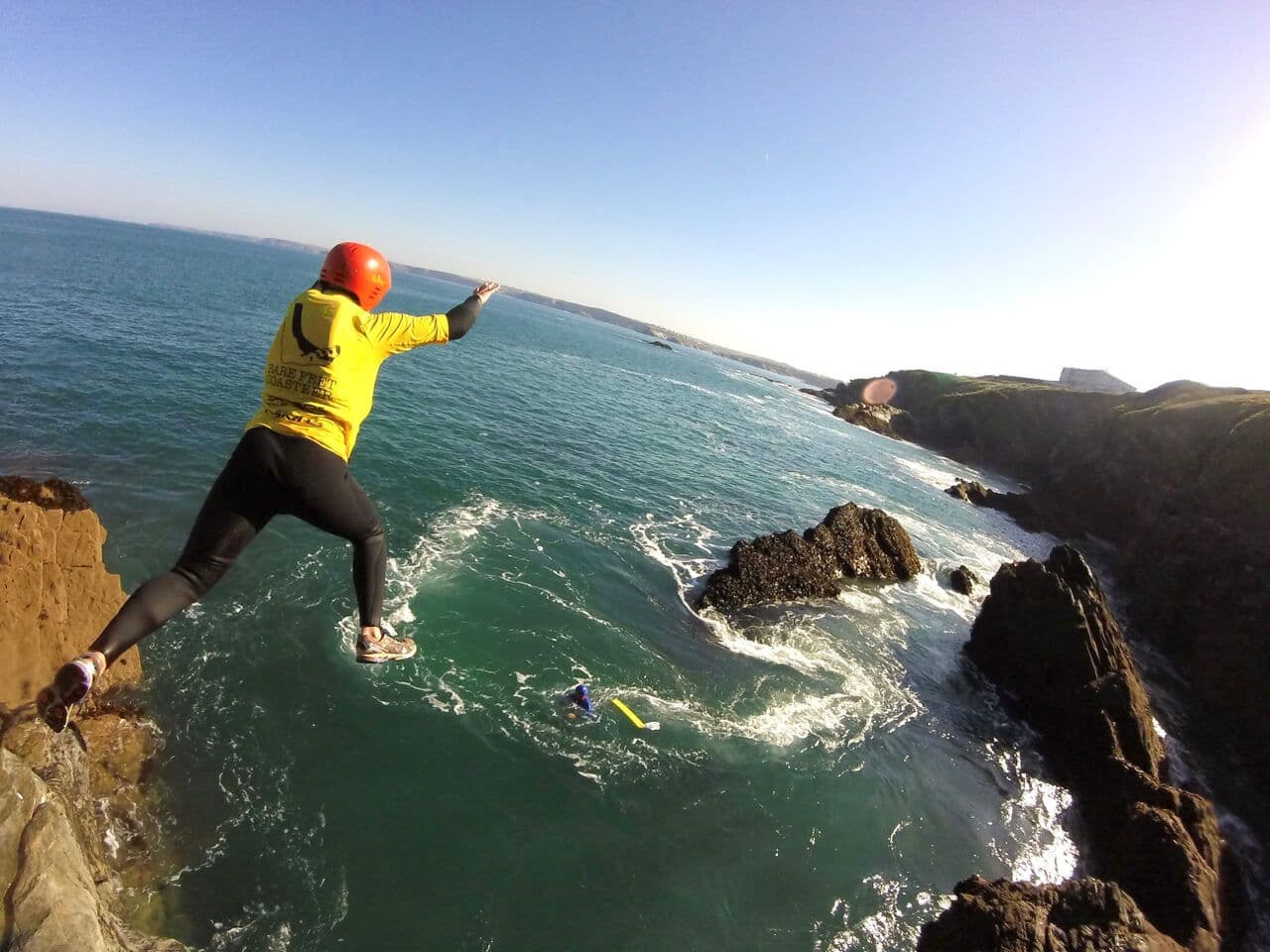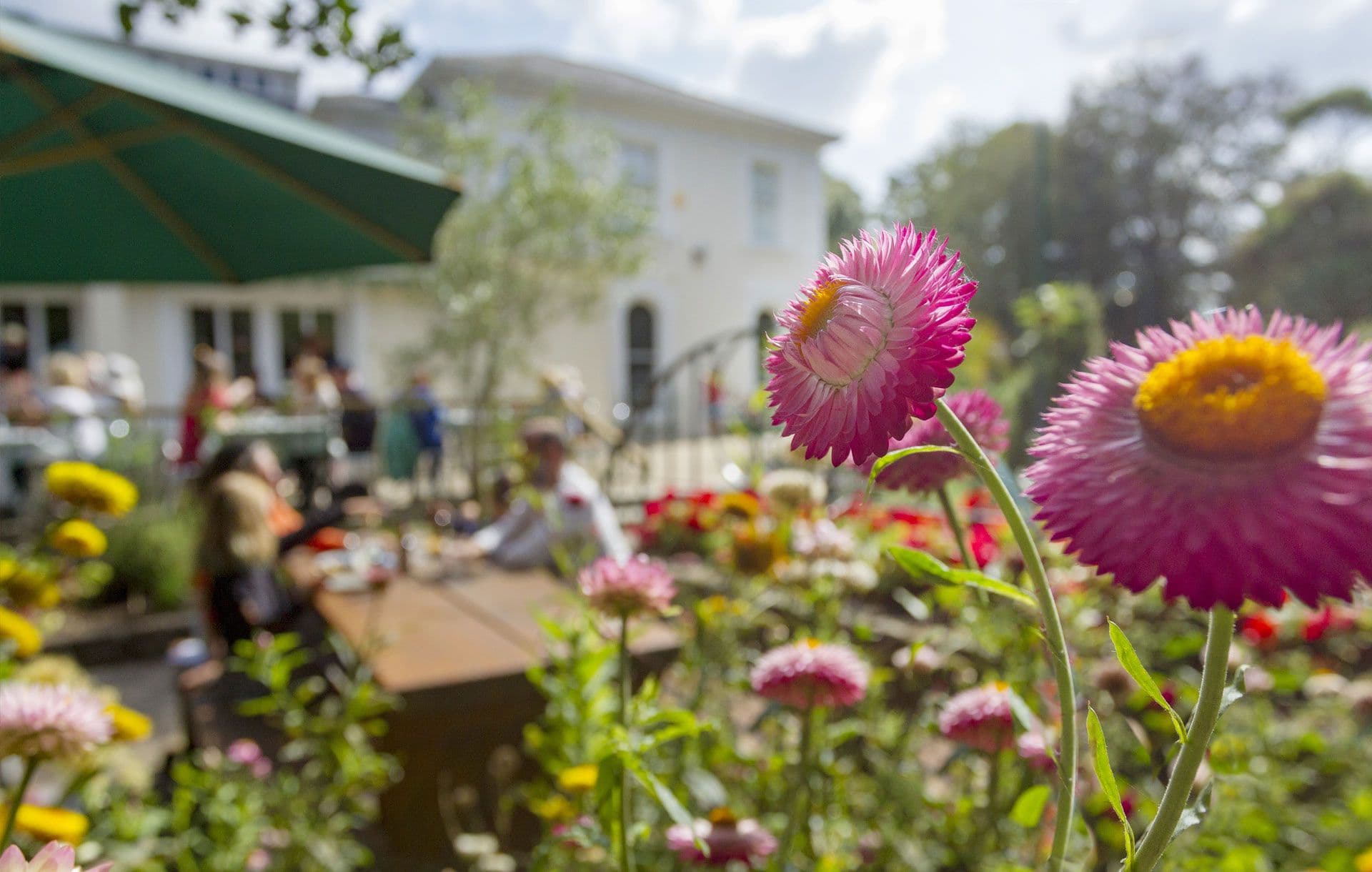The Tin Coast
Kicking off our series where we focus on different parts of Cornwall, we head down to the far west. Here, where the wild Atlantic collides with Cornwall’s granite spine, we find an untameable landscape of high moors and resilient cliffs. A land of myths and legends, where giants and piskies share a stage with mermaids and halflings.
But it’s also home to a living working community who struggle to survive on the far-flung fringes of Europe. Here men have mined the rock for hundreds of years, driving tunnels deep underground, and sometimes under the sea, in search of tin and copper. They fish the unruly waters in small boats, before returning home to harbours, sometimes little more than a gap in the rocks.
A patchwork of green fields, enclosed by Bronze age walls, cover the narrow shelf between moor and sea. Scattered farmsteads, linked by the one linear road that runs from east to west, do their best to raise the hardy herds of cattle who learn early on where the shelter is from the sou’westerly winds.
It is the wild, and sometimes bleak, landscape that has attracted artists, writers and other creative people to the area over the years. A landscape that has evidence of habitation going back 6000 years, a landscape well worth exploring. Catch it on a sunny day, when the blue skies merge with the blue sea, the cliffs are awash with colour and the only sound is that of the gulls crying overhead, and there’s very few places better.
Five Highlights:
Geevor Mining Area: Although there are mining remains along most of the Tin Coast, it’s the mile or so of coast between Geevor and Botallack that is probably the most interesting. Geevor is a modern mine, opening in the 1930s and working through to the 1990s, its above ground remains give you an insight into how tin was processed in the 20th century. Intrepid explorers can also venture into the underground tunnels, carved out by miners in the 1700s below the present buildings.
A short walk westwards takes you across the industrial wasteland to the National Trust run Levant Mine. Here you can often see the engine house working under steam, just as it would have done in the late 1800s. Like Geevor there’s plenty to explore here and continuing along the South West Coast Path you will eventually reach Botallack where the two Crowns Engine Houses are perched on the edge of the cliff, battered by the waves. The nearby Count House is now an interpretation centre and café.
To explore the area on foot, download the Tin Coast app.
Carn Galva and the high moors: It’s easy to forget with such a stunning coastline, that inland of the B3306 road there’s a rugged moorland to explore. One of the highlights is the climb up to the massed summits of Carn Glava, overlooking the coast between Gurnards Head and Morvah. Parking is available beside the two ruined engine houses to the east of Rosemergy and from here a footpath runs up the valley to the right of the carn. Several paths divert left, climbing up through the boulders to viewpoints on the ridge, looking out over a landscape little changed in 3000 years. Several prehistoric sites are within easy reach of the carn, including the Men-an Tol, Nine Maidens Stone circle and the Scryffa Stone. This walk is a good introduction to the inland area.
Cape Cornwall: With its iconic chimney stack, this headland, the only cape in England, is a quieter destination than Land’s End for those wanting to visit ‘the end of the world’. The area was heavily mined in the 1800s for copper and tin and many of the buildings to be seen date from that time. At the back of the Priest Cove, below the Cape, fenced off tunnels still lead deep underground.
Offshore, the Brisons Rocks, known affectionately as 'General de Gaulle in his bath' are home to many types of seabirds and between the rocks and the mainland is a dangerous reef that has claimed many a passing ship over the years.
The National Coast Watch have a lookout on the seaward side of the Cape and welcome visitors as well as keeping an eye out for vessels going up and down the coast.
The Gurnard’s Head: Named after the headland that itself is named after the oddly shaped fish, this popular pub with its bright yellow paintwork has been drawing in customers for years. Once a favourite with the walkers and climbers to the area, it’s now renowned for its fine cuisine and draws in people from all over the west of Cornwall and beyond.
The headland itself can be reached via a footpath down through Treen Farm and across the fields. This impressive rocky outcrop is formed from pillow lavas, created by underwater volcanic eruptions up to 400 million years ago and is best seen close-up. A narrow path runs right around the headland, but please be careful, especially in windy weather.
Kurt Jackson’s Art: From his gallery in St Just people can view the work of this iconic artist. His contemporary landscapes are inspired by the energy and wildness of the Tin Coast and beyond, just as many other artists have done beforehand. From the windswept Kenidjack Carn to the verdant Cot Valley, Jackson captures the essence of the area through the seasons.
The village of St Just is a mecca for art lovers with several other galleries dotted around the lanes of the former mining community, as are a number of pubs, restaurants and shops. For those exploring the Tin Coast, St Just is the perfect base.
Next.. Explore The Roseland
- St Just in Penwith

Your weekly dose of Cornish cheer!
When you can’t be in your favourite place all the time, catch up on the latest stories, upcoming events, holiday ideas, and offers with a newsletter straight to your inbox. Terms and Conditions / GDPR compliance: by providing personally identifiable information Visit Cornwall will use it to provide you with ongoing information about their products and services. No one from Visit Cornwall will rent, sell or lease this personally identifiable information to other companies or individuals.
Stay connected
Find us on socials and stay connected with the Cornwall you love.
We use cookies to personalise content and ads and to analyse our traffic. You consent to our cookies if you continue to use our website. (Privacy Policy)




